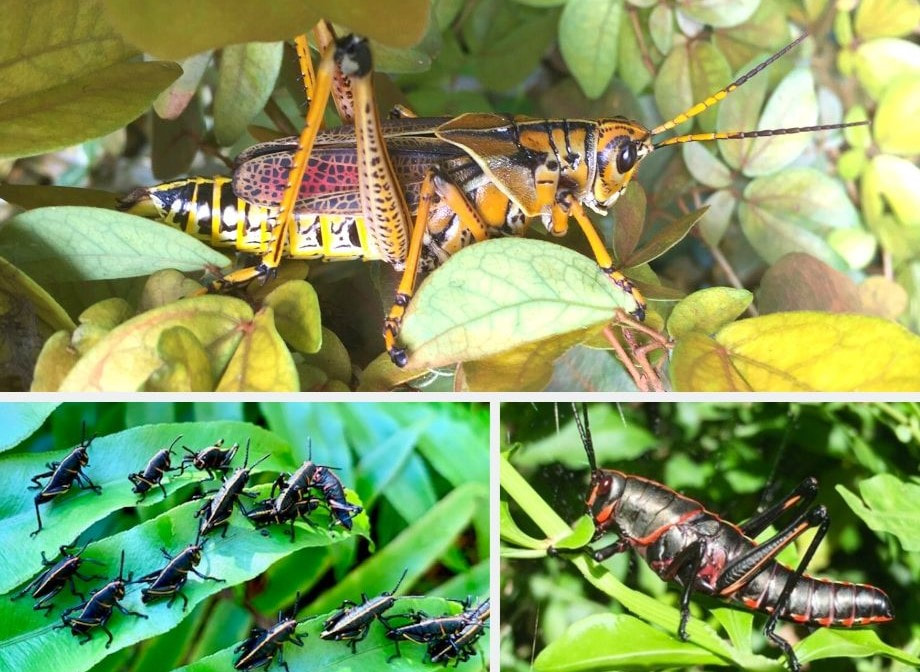1 Comment
Bob Coffey
4/6/2022 02:01:00 pm
We have found an effective way to control these grasshoppers in to spray them with Diatomaceous Earth powder during their nymph stage.
Reply
Leave a Reply. |
outdoor lifeArchives
April 2024
Categories |




 RSS Feed
RSS Feed